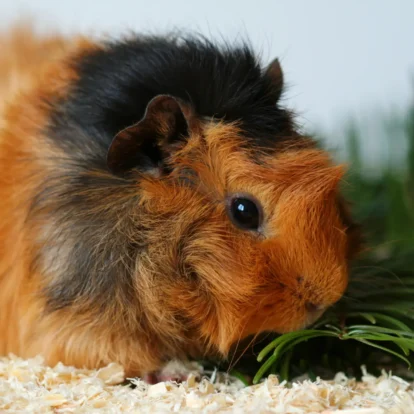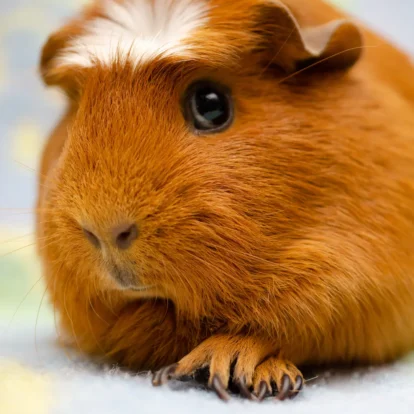Table of Contents
Introduction
Hello, fellow animal lovers! 🐹❤️ You’re considering inviting a small animal into your family, and you’re torn between a hamster and a guinea pig. Well, you’ve come to the right place. This blog post is all about the good old “hamster vs guinea pigs” debate! I know that choosing the right pet can be a daunting task. After all, this furry companion is going to be a part of your family.
Just like us humans, these popular pets come with their unique quirks that make them who they are. There are key differences that set hamsters and guinea pigs apart, even though they might seem similar at first glance. Whether it’s their care requirements, noise levels, or sleeping patterns, understanding these main differences is crucial before making your final decision.
Hamsters and guinea pigs belong to different families but make great pets. They each have charm and adorable factors and come with varying levels of care and companionship. So join me as we delve deep into the world of hamsters and guinea pigs to help you choose your perfect pet.
Trust me, by the end of this post, you’ll be a step closer to understanding which one of these adorable creatures is the ideal match for you and your family. Let’s get started, shall we?
Hamster vs Guinea Pig Key Differences
1. Size Matters (Kinda)
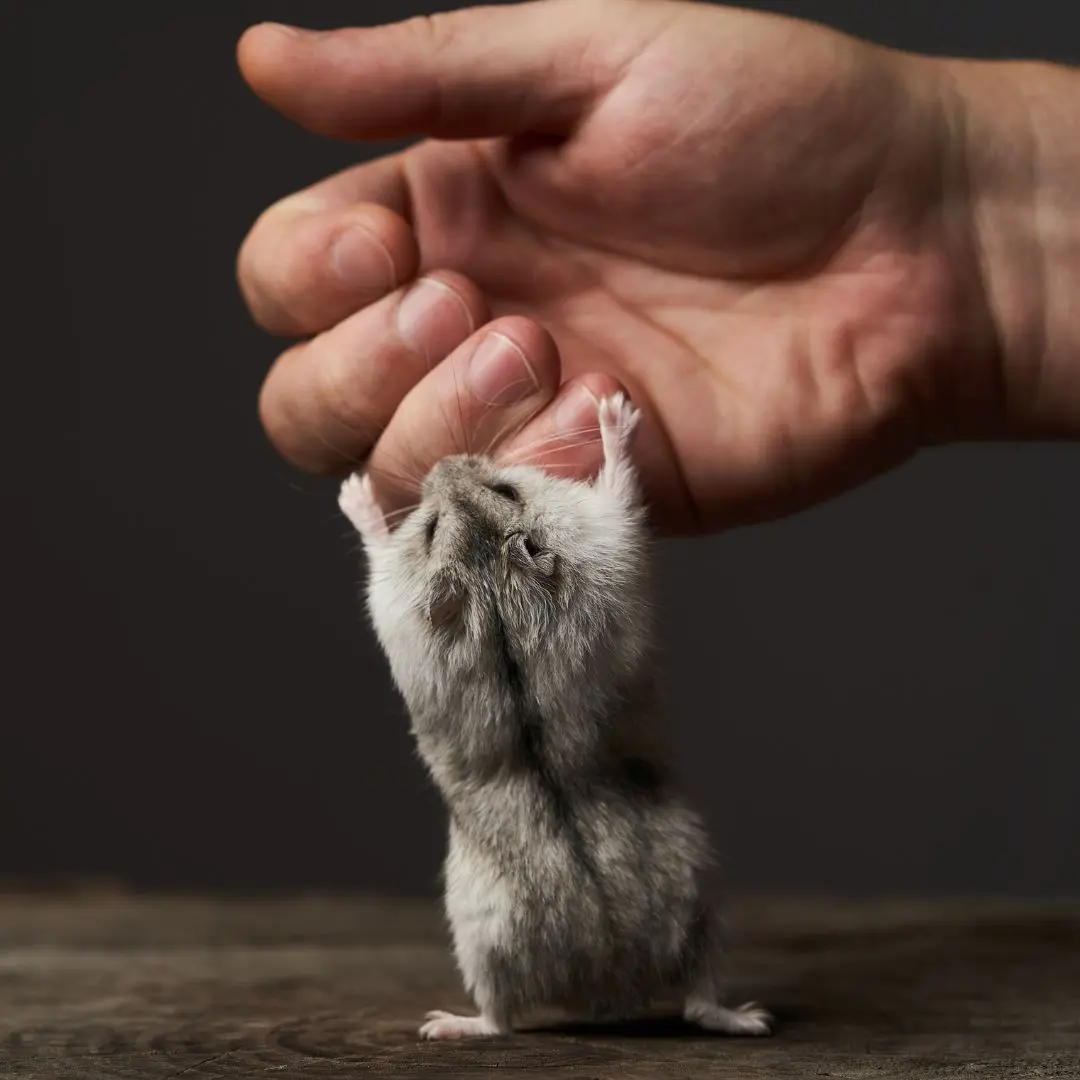
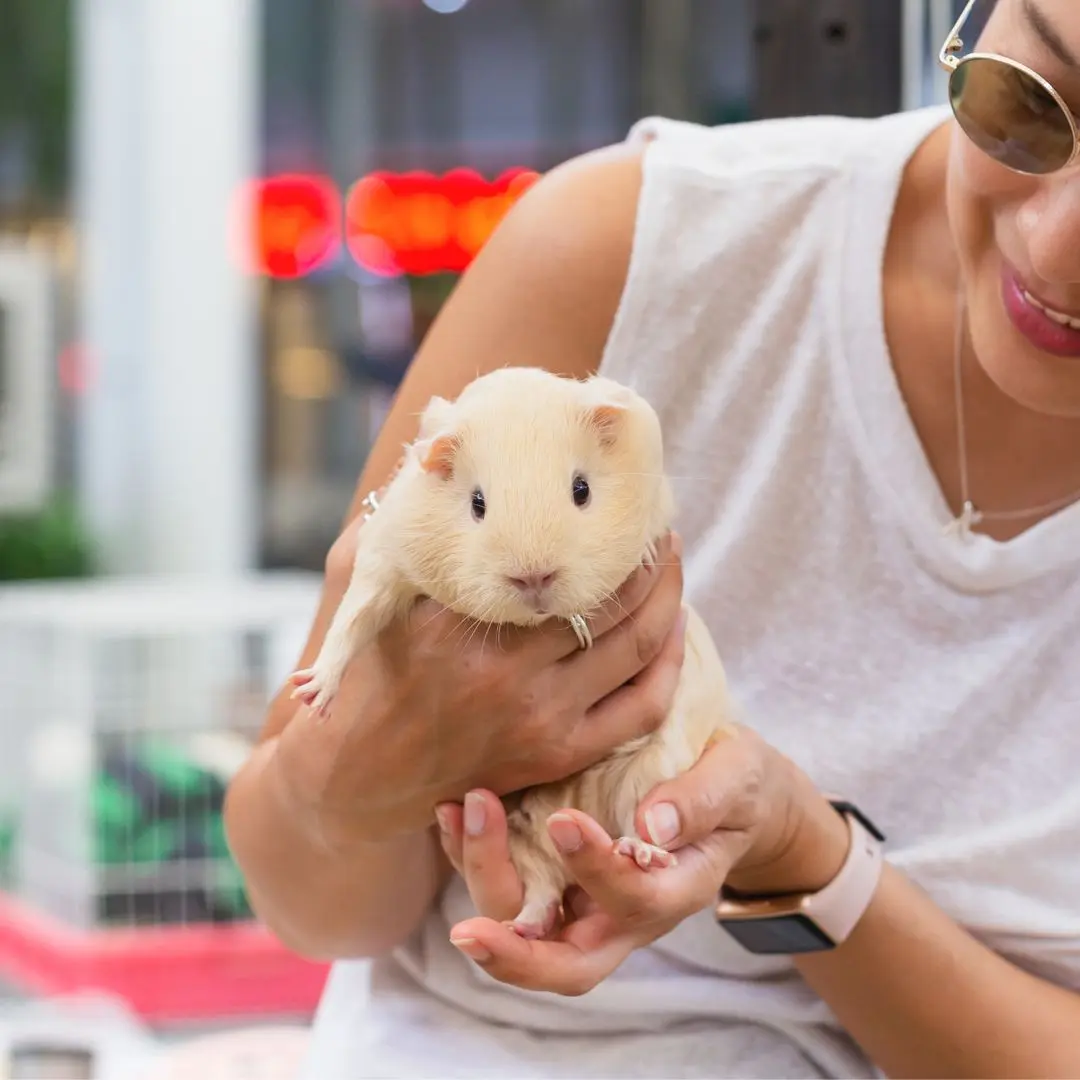
When it comes to size, most guinea pigs are considerably larger than your average hamster. As a pet owner, this was one of the first things I noticed when comparing these two animals. To put it into perspective, while your Syrian hamster – the largest of the hamster species – might reach a length of 5 to 7 inches, a guinea pig can easily measure from 8 to 12 inches long 📏.
That’s not to say that size should be the deciding factor, though. As someone who has both guinea pigs and hamsters, I can tell you that each has its charm regardless of size. However, it’s essential to consider, especially if looking at housing and play space. For instance, guinea pigs need more room to roam around than hamsters, both in their cage and during playtime. So, if you’re a prospective pet owner with limited space, this is something to keep in mind. Small animals, though they may be, the guinea pig requires a bit more room to stretch its legs and get comfortable.
2. Dietary Preferences
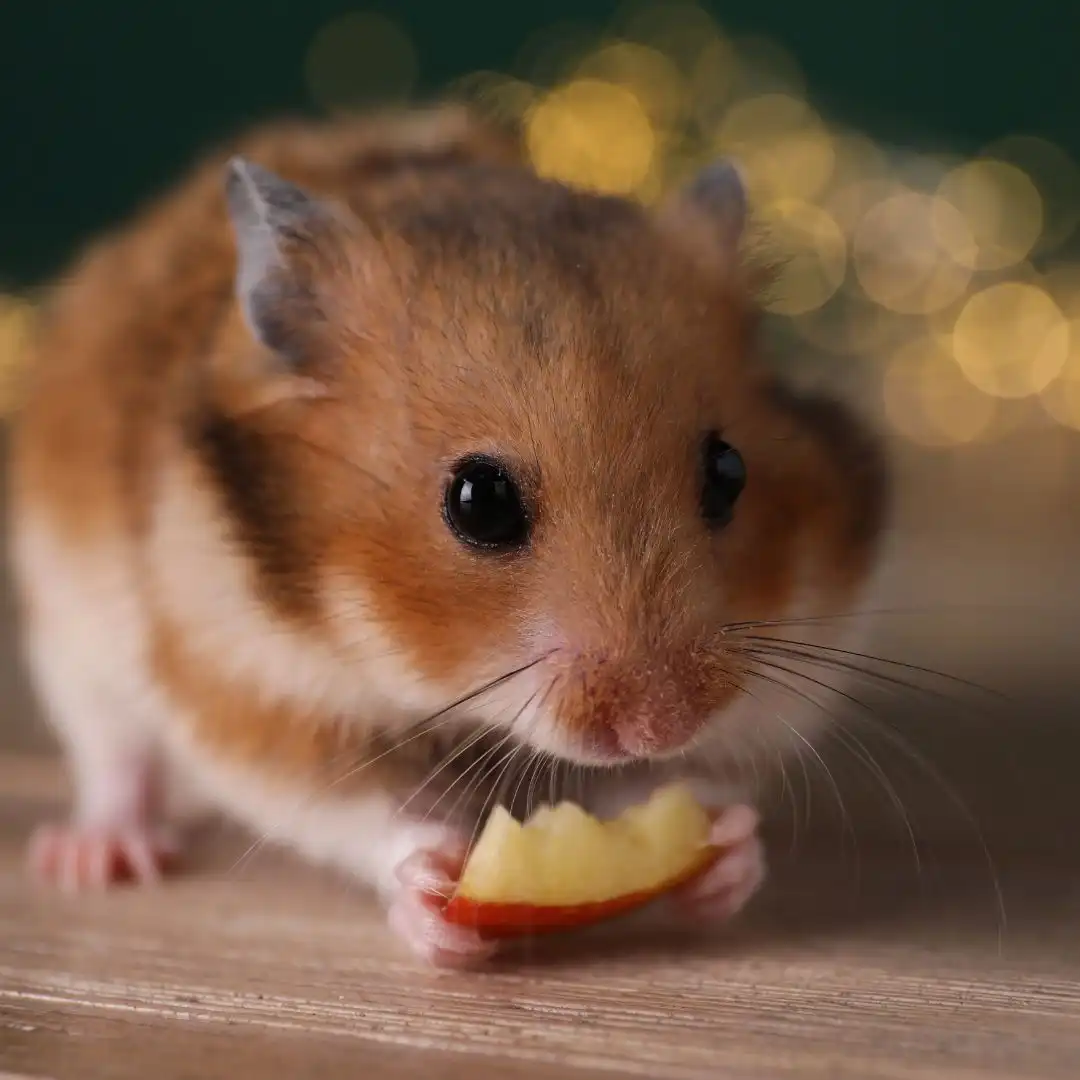
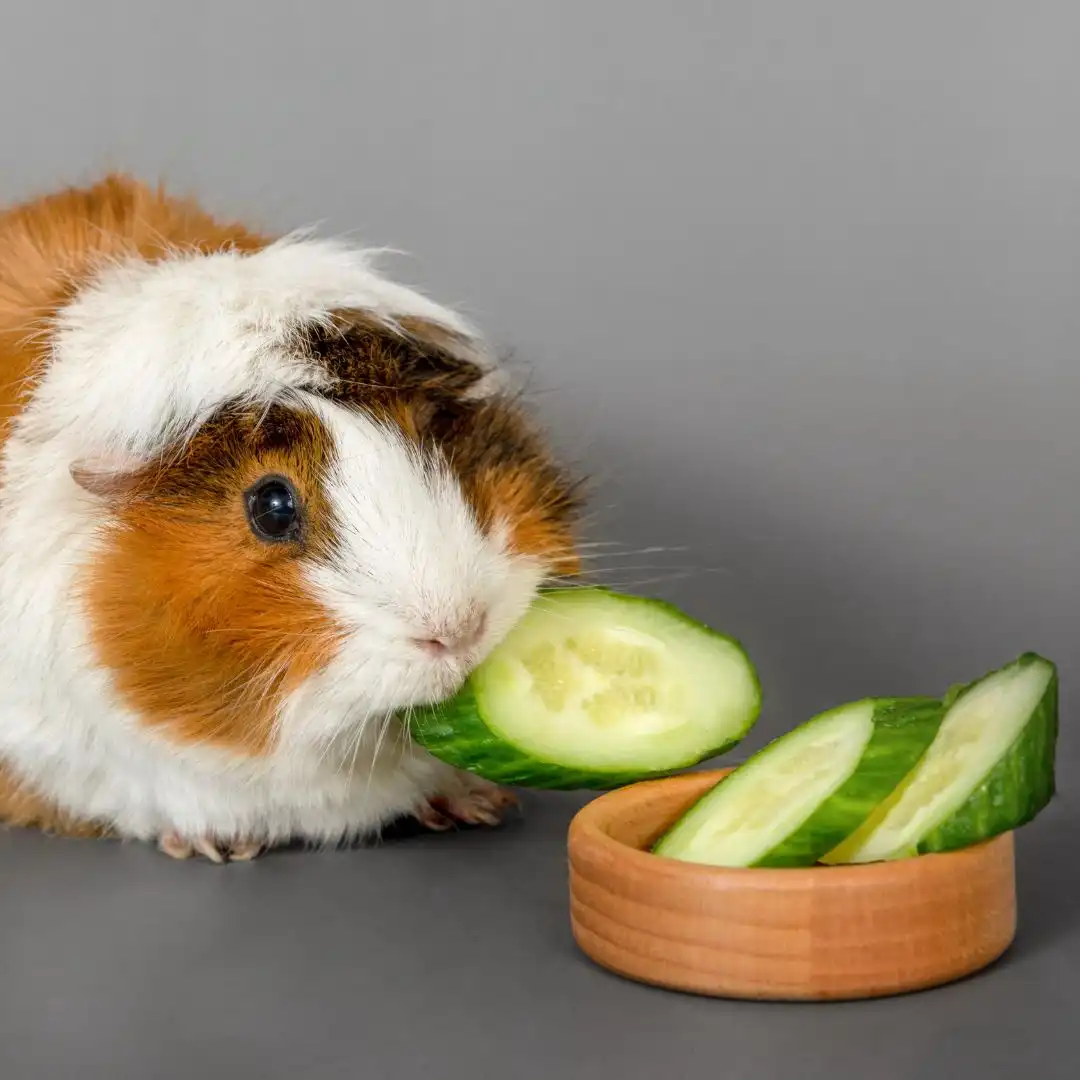
Now, let’s chew on the dietary differences between guinea pigs and hamsters, which can be a real game changer for new pet owners. You see, most guinea pigs absolutely relish a diet rich in hay, fresh vegetables 🥬, pellets, and some fruit 🍎. They’re like little fluffy, rodent-shaped vegetarians. In my experience, there’s nothing cuter than watching a guinea pig hold food in its tiny paws and munch away like it’s the best thing in the world.
On the other paw (😉), hamsters have a different palatable preference. Hamsters love a good mix of fresh food, dry pellets, and even some proteins like cooked egg or chicken. What’s even more interesting is that other hamsters prefer different kinds of food. For instance, my Syrian hamster can’t get enough fresh apples and carrots, while my dwarf hamster prefers more seeds and nuts in their diet. So, when it comes to feeding these adorable little rodents, variety is the spice of life.
Interestingly, some types of hamsters also enjoy occasional small insects in their diet. Offering them a mealworm or cricket 🦗 from time to time can be a great source of protein and an exciting treat for your furry friend. However, it’s essential to note that insects should only make a small portion of their diet and be given sparingly to avoid digestive issues.
The essential takeaway for new pet owners is that while guinea pigs and hamsters enjoy fresh food, the latter require a bit more diversity in their meals.
3. Sociability: Social Butterflies vs. Lone Rangers
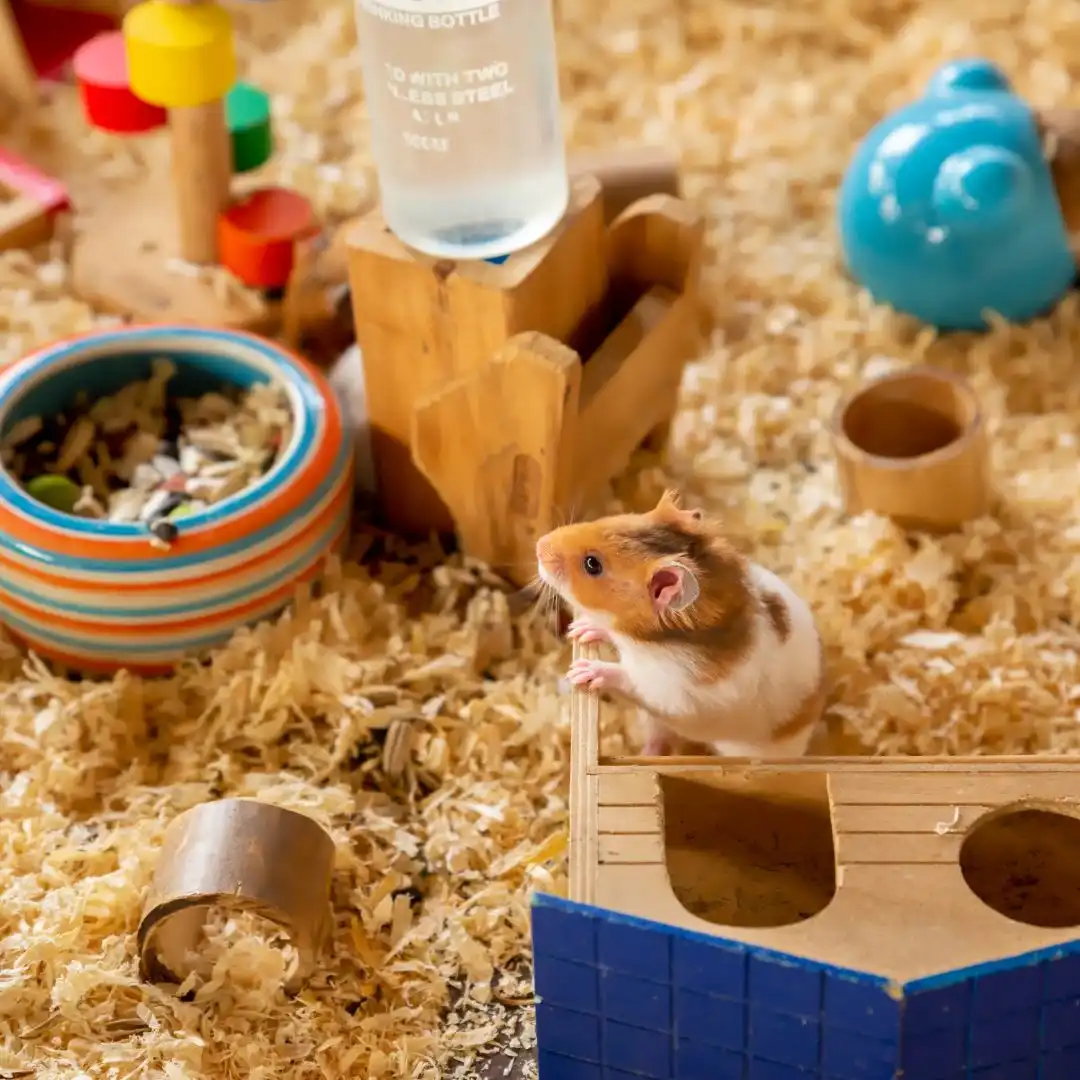
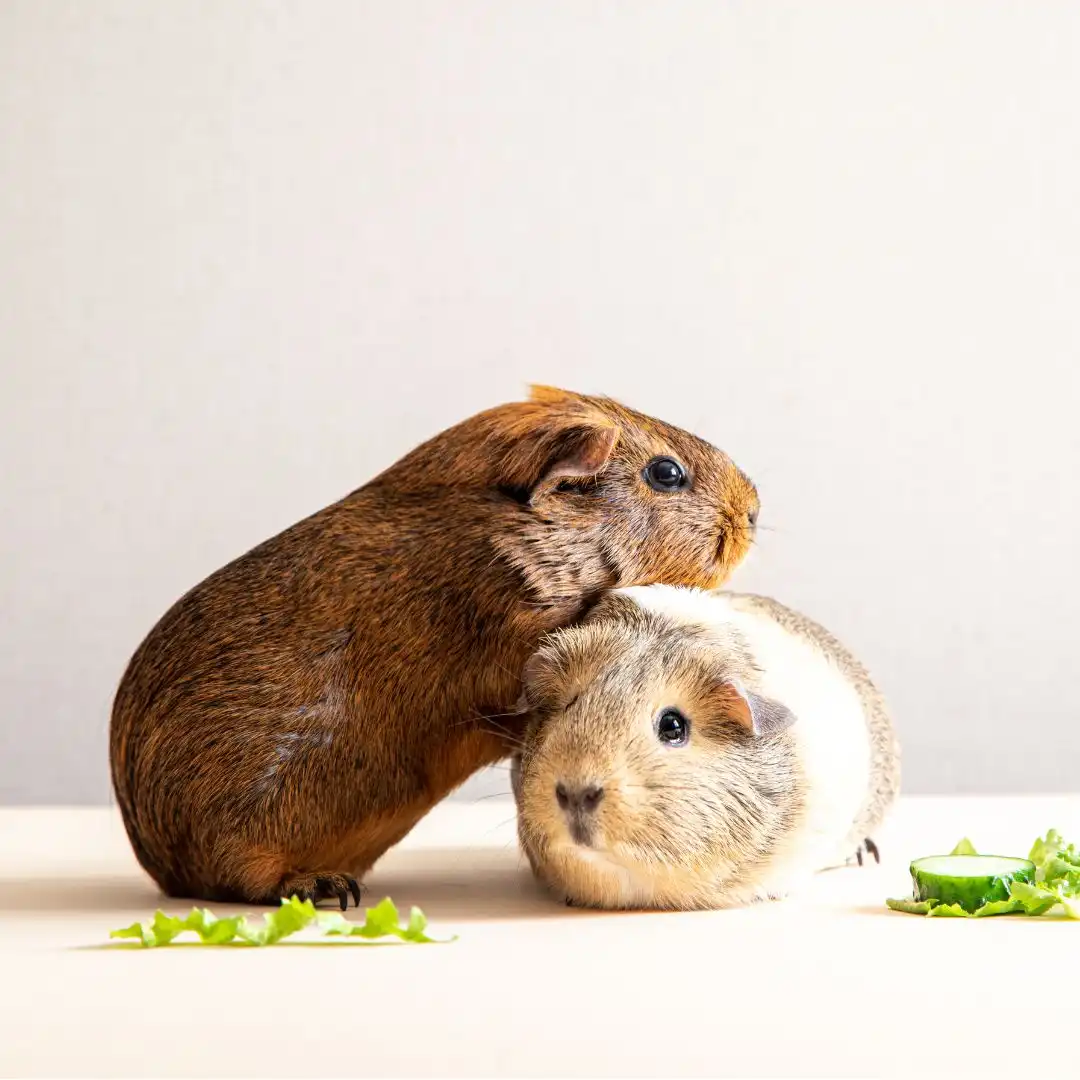
When you delve into the social lives of these little furballs, you notice a striking difference: most guinea pigs are very social creatures, unlike hamsters, typically solitary animals. If you’re considering bringing a pet into your household who loves to interact and play, guinea pigs may just be the right choice for you. In fact, most guinea pigs prefer to have a companion of the same species. They love to interact, play, and even chirp in unison – it’s like they’re having their own little party in the cage, and it’s adorable 🐹 ❤️!
Conversely, hamsters are known to be the lone rangers of the rodent world. They are content spending time alone and can often become territorial if other hamsters are introduced to their space. This doesn’t mean they don’t enjoy human company, though. My little hamsters love to explore the world from the sanctuary of my hand! But unlike guinea pigs, hamsters do not require the company of others to stay happy and healthy. So, for potential pet owners who may not have the time to spend with multiple pets, a hamster could be just the ticket 🎫!
In essence, as social animals, guinea pigs require companionship to thrive, whereas hamsters are more solitary by nature.
4. Care: Grooming Rituals
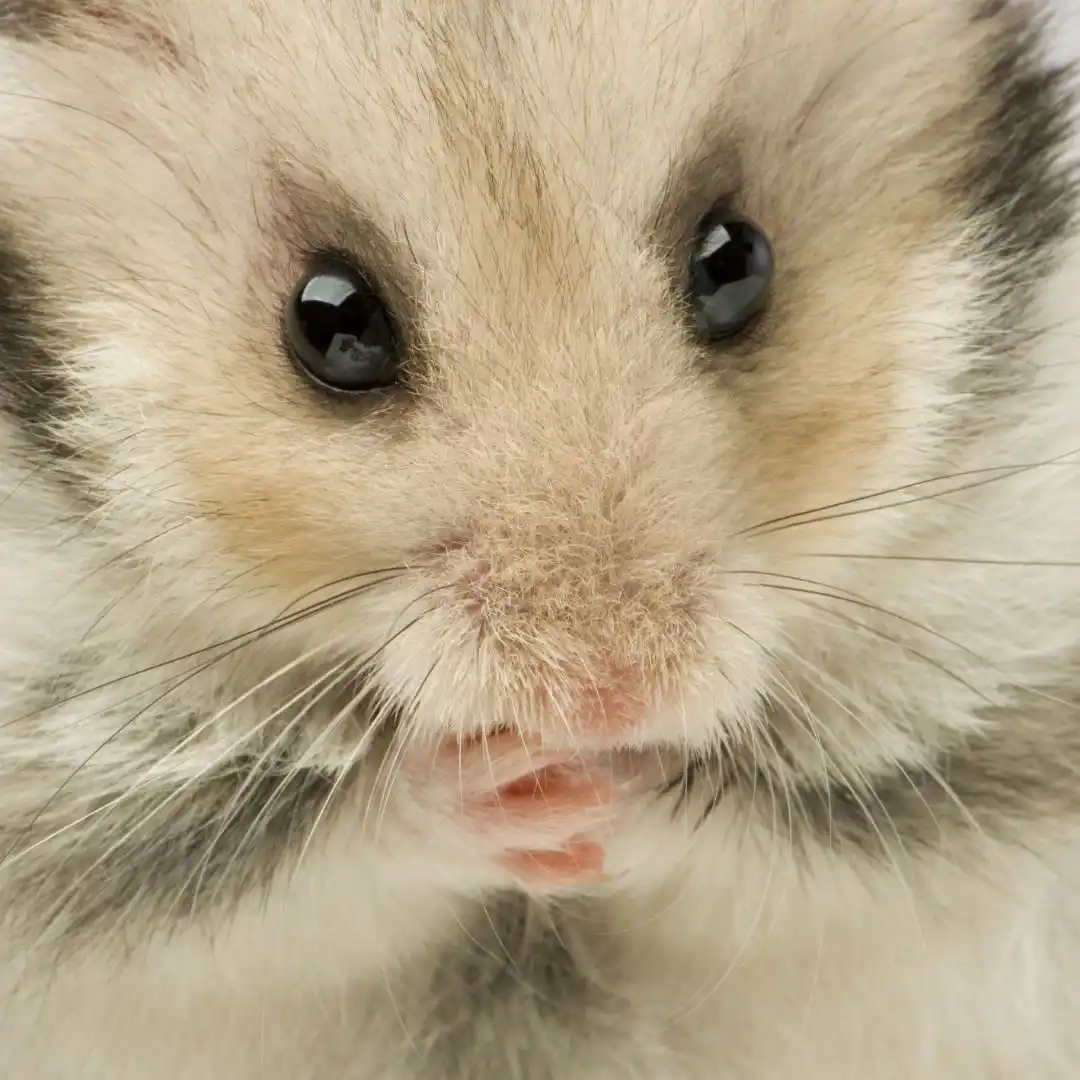
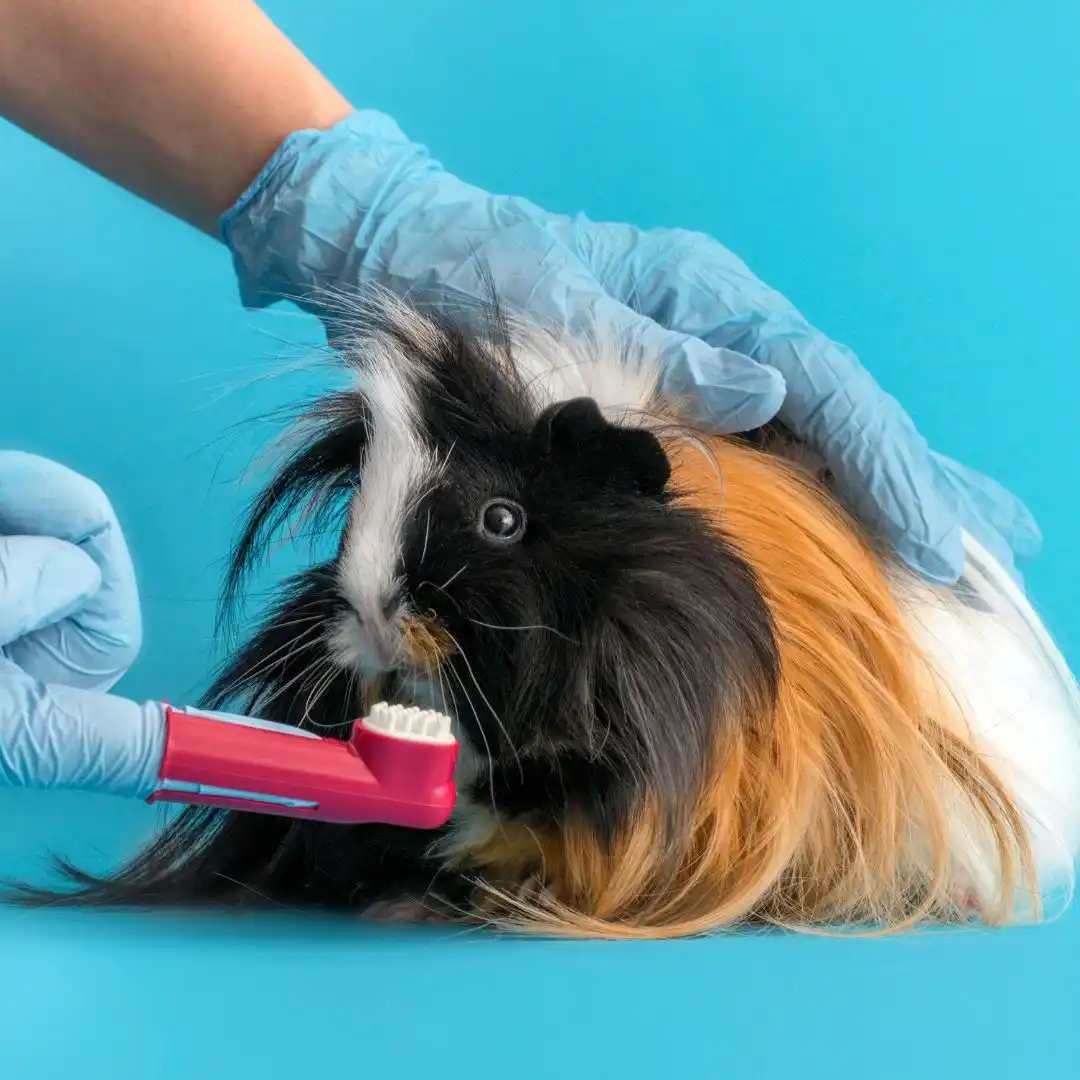
Looking after guinea pigs and hamsters may seem similar on the surface. Still, when you dig a little deeper, you’ll notice different care rituals. Guinea pigs, for instance, require more intensive grooming due to their longer hair. As a proud guinea pig parent, I found it important to brush their fur regularly to prevent matting. And let’s not forget about those adorable guinea pigs’ teeth! They need constant monitoring because they don’t stop growing. Hence, providing chew toys would help to keep them in check.
On the other hand, hamsters are pretty low maintenance. They are adept at grooming themselves with their front paws, and their shorter fur doesn’t require as much brushing. What you need to consider more is their walking hours. Hamsters are nocturnal creatures and require plenty of daily exercise during the night. So, investing in a hamster wheel is a must! Also, their back feet, or hind legs, are not as flexible as the guinea pigs, making them less agile climbers. Therefore, designing their habitat with ramps or low platforms would help them move around more easily.
So, whether you choose a sociable guinea pig or a solitary hamster as a pet, remember that their care requirements are as distinctive as they are!
5. Maintenance Costs

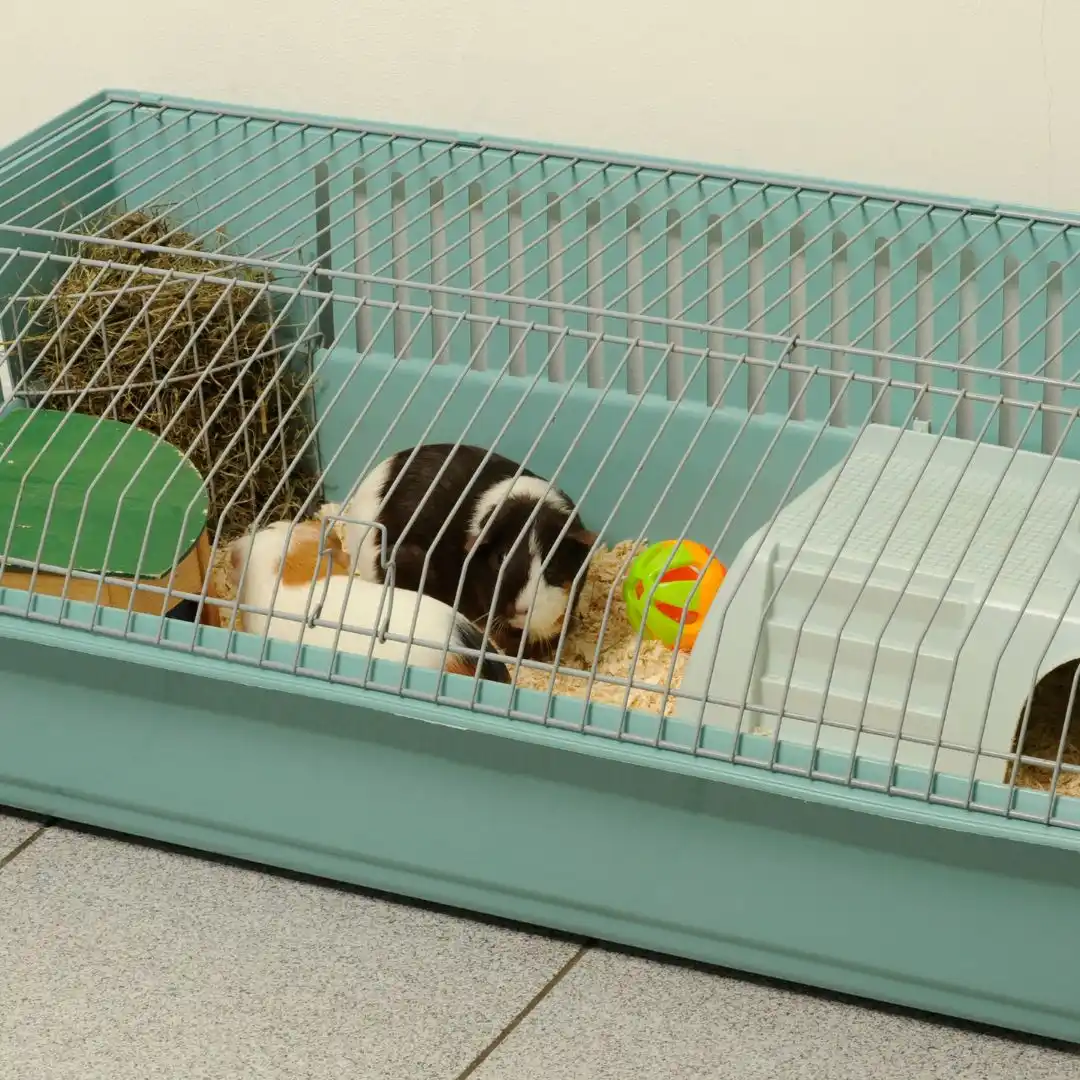
Let’s talk money because, let’s face it, owning a pet can add up! I’m going to share with you some of my expenses for both guinea pigs and hamsters to give you an idea of what to expect.
Starting with the hamster, the initial cost for the hamster cage and setup might feel a bit steep. But remember, this is a one-time expense. The hamster cage needs to be spacious since hamsters tend to love exploring. So, a wheel, tunnels, and plenty of room to wander are a must. When it comes to food, hamsters are not picky eaters. They enjoy a mix of fresh fruits, vegetables, and hamster pellets, which are pretty affordable. Bedding needs to be changed regularly, adding a little to the running costs, but it’s still manageable. Vet visits for hamsters are typically fewer than guinea pigs, given their shorter lifespan.
- Initial setup (cage, wheels, tunnels, toys, etc.): $80-$200, depending on the items’ quality and your DIY abilities. It can be even more if you decide to go with a premium cage
- Food (pellets, fruits, vegetables): $10-$15 per month
- Bedding: $5-$10 per month
- Vet visits: $50-$100 annually
Guinea pigs tend to have a bigger appetite, which means a slightly higher food cost. They love fresh fruits and veggies and a guinea pig-specific pellet diet. Compared to hamsters, guinea pigs need a significantly bigger cage. The cage size is very important, considering how much room guinea pigs require to run and play. Bedding is similar to that of hamsters, but due to a larger living space, you might use more. Guinea pigs also require regular vet checks to keep those continuously growing teeth and general health in check.
- Initial setup: $100-$300, depending on the items’ quality and your DIY abilities. As with the hamster’s initial setup, It can be even more if you decide to go with a premium cage
- Food (pellets, fruits, vegetables): $15-$20 per month
- Bedding: $10-$15 per month
- Vet visits: $100-$200 annually
In either case, you can have additional expenses for toys, cage accessories, and unexpected medical costs. It’s always a good idea to have some extra money set aside in case of emergencies.
In conclusion, while guinea pigs tend to have a higher running cost due to their need for a larger living space, more food, and regular vet visits, hamsters aren’t exactly cheap either. But remember, the joy and companionship they bring are worth every penny.
6. Noise: Vocal Vibes
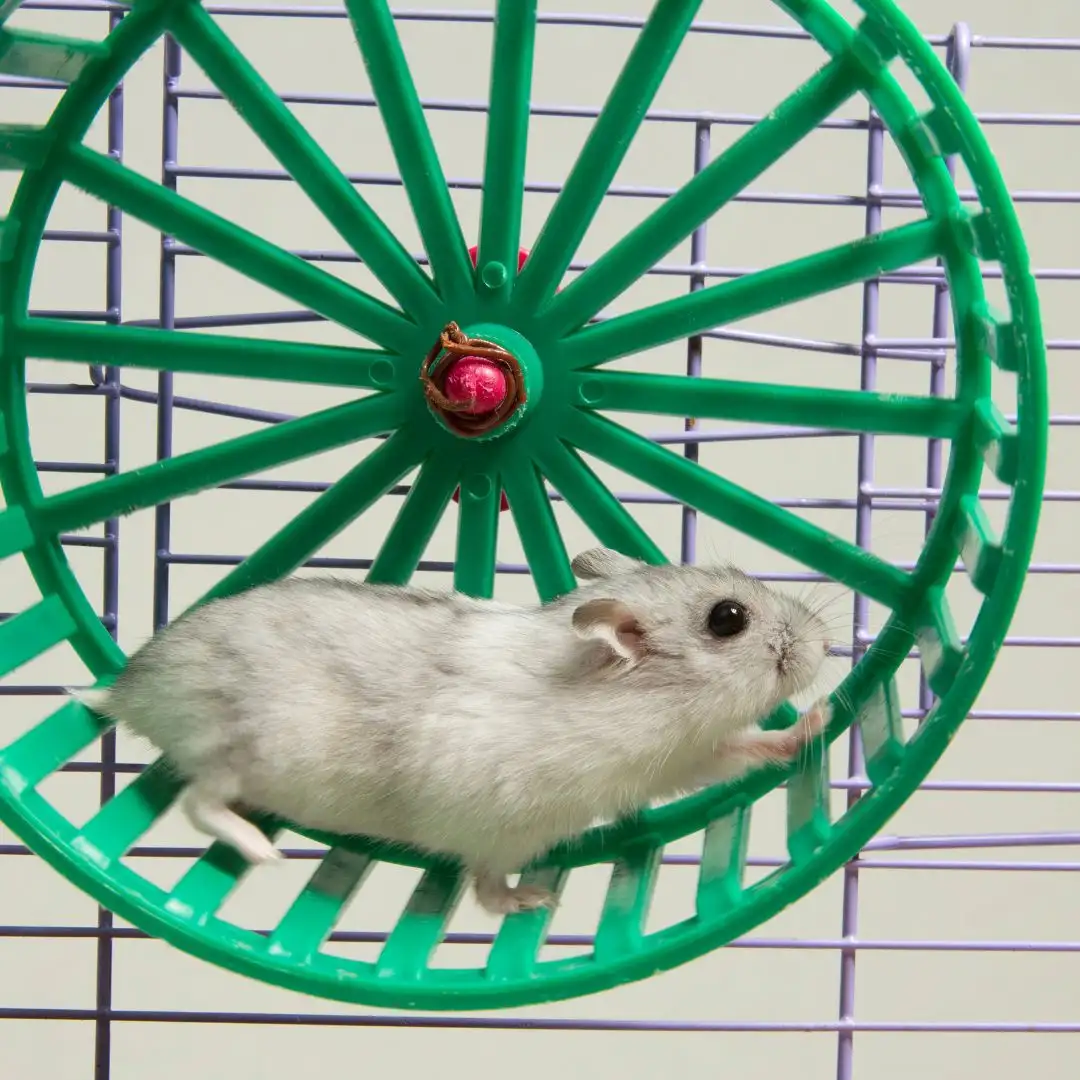
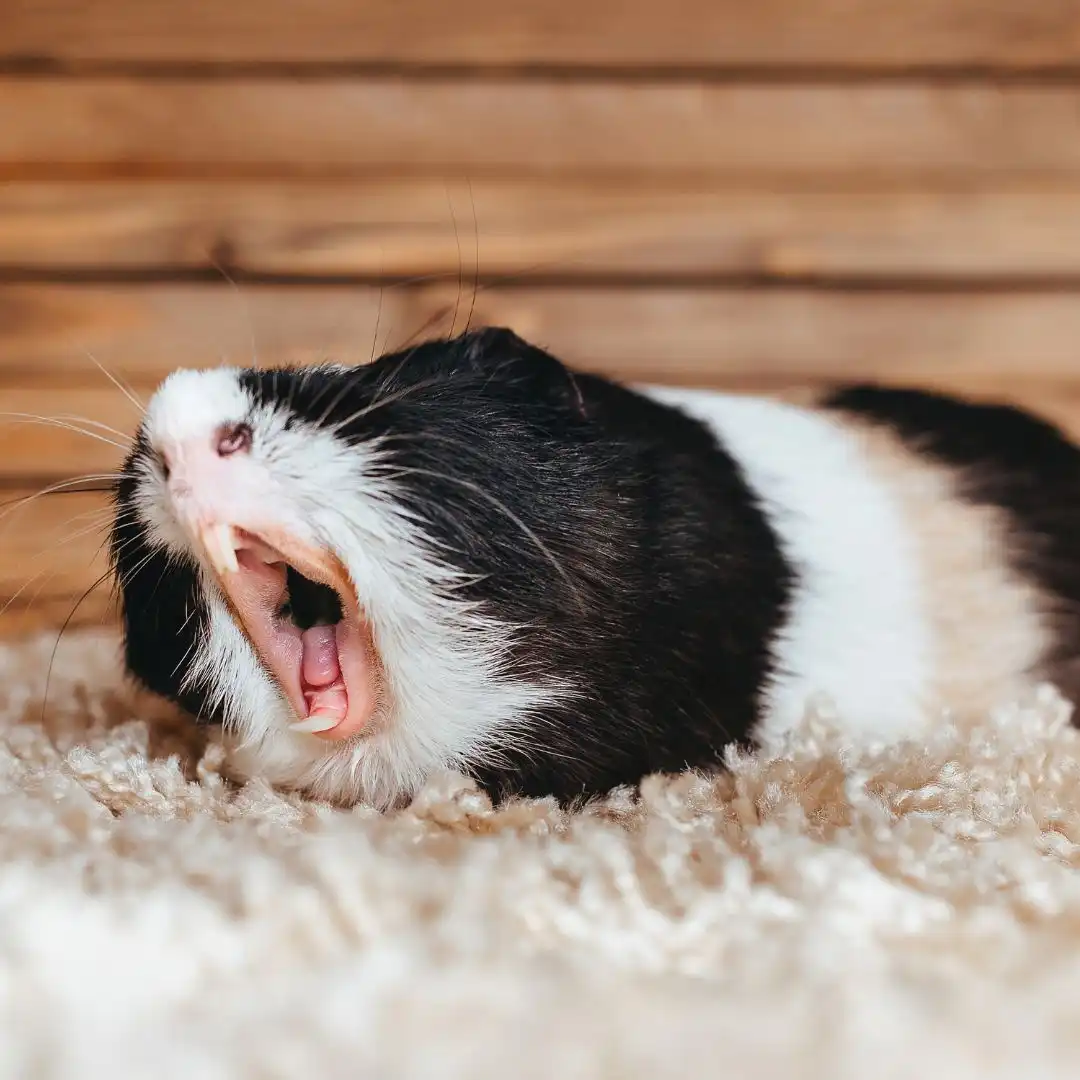
If you’re a light sleeper or prefer a quiet home, the noise level is an essential factor to consider when deciding between hamsters and guinea pigs. I have both of these adorable animals -plus some others 🐰🐢🐠- in my home, and let me tell you, they each have their own unique “soundtrack” 🎼🎶.
When it comes to hamsters, they’re primarily silent creatures. You might hear them running on their wheel or nibbling on their food at night, given they’re nocturnal animals. But generally, they don’t make too much noise.
On the other hand, guinea pigs are quite the chatterboxes. They make a variety of sounds to communicate. They squeak when they’re happy, wheek when hungry, and purr when they’re content. They’re not as nocturnal as hamsters. In fact, they are crepuscular, just like rabbits, which means they tend to be more active during dawn and dusk. So, if you love an interactive pet, you might enjoy the vocal vibes of guinea pigs more.
7. Sleeping Patterns: Night Owls vs. Daytime Chatters
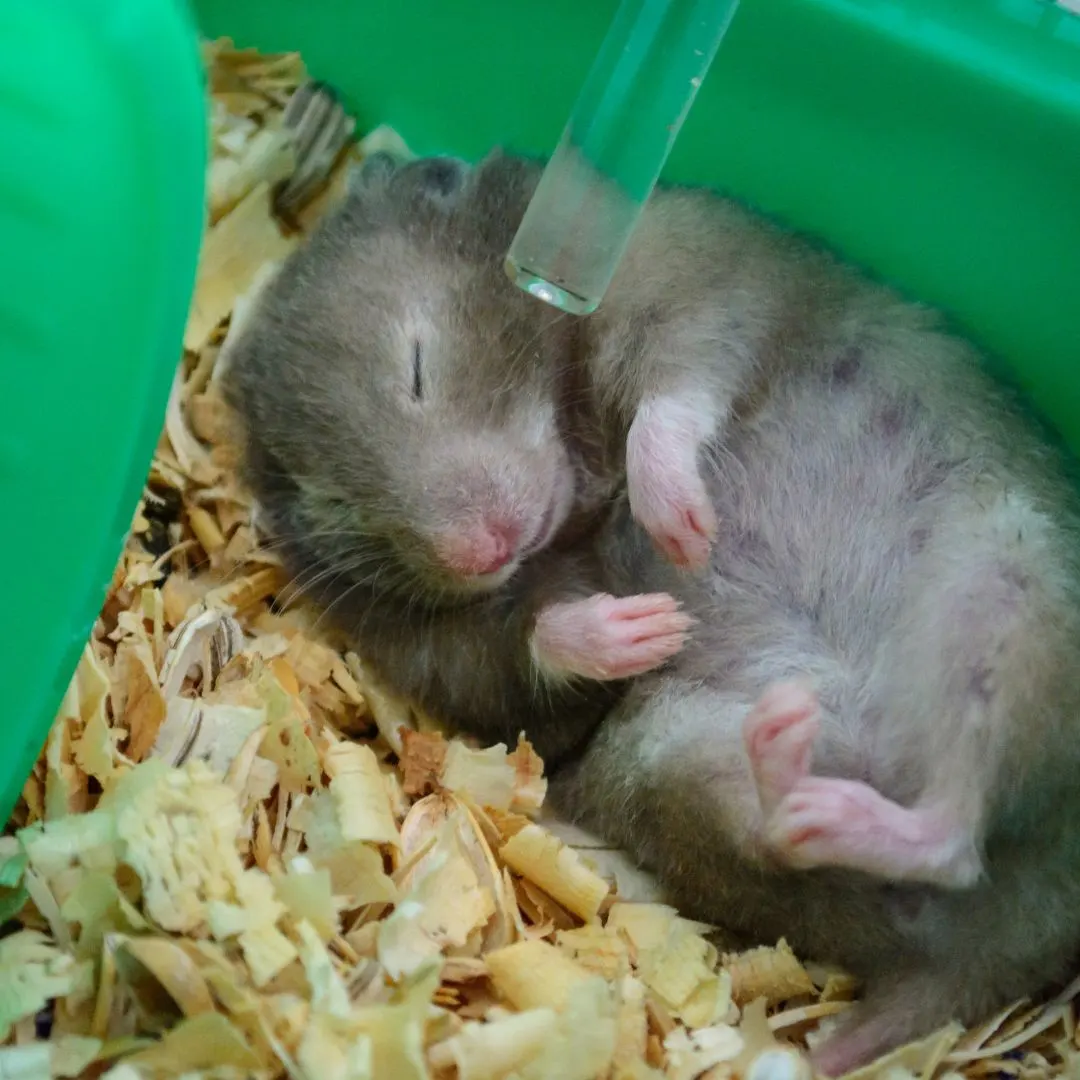
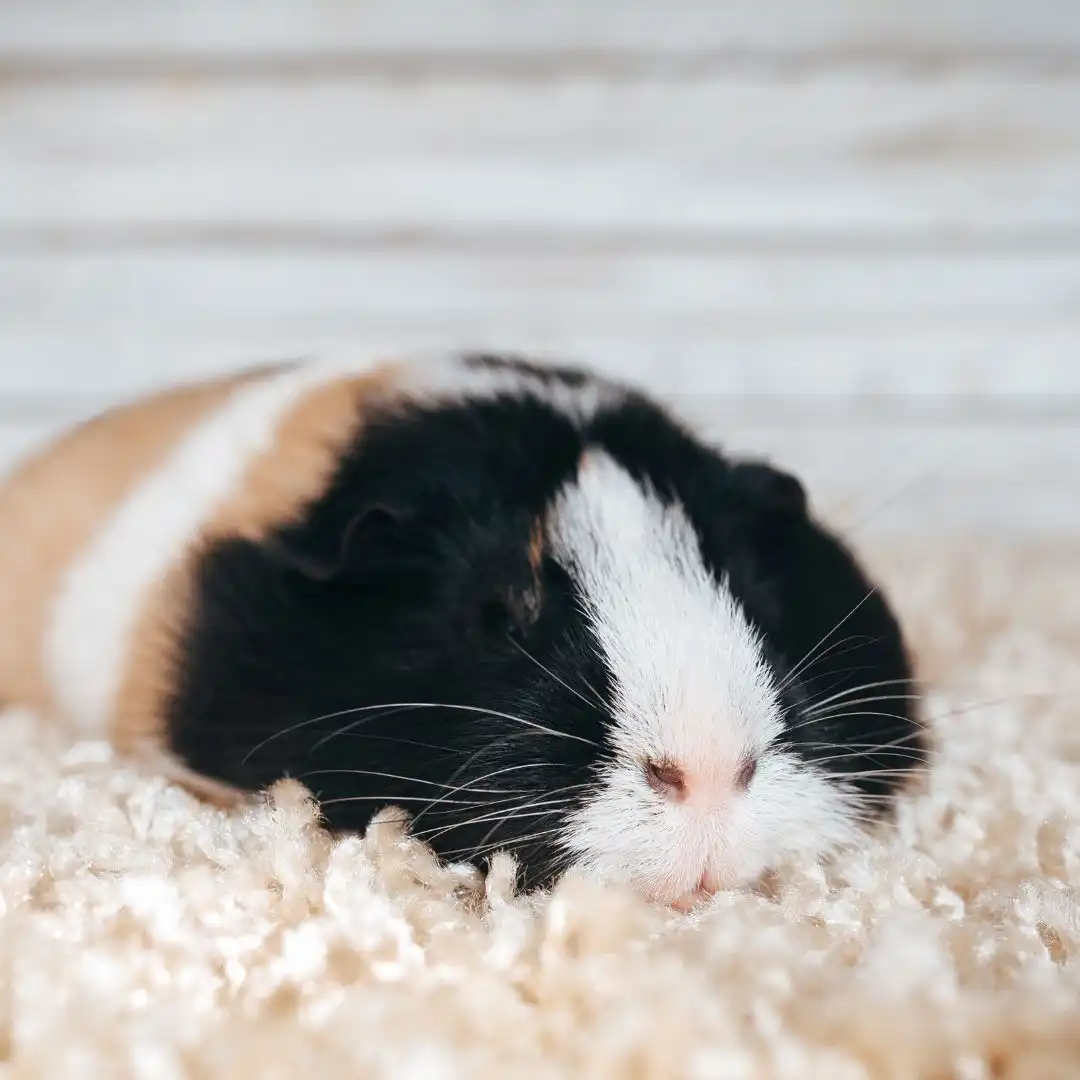
As a proud pet parent, there’s a fun fact I’ve come to realize over the years—our little furballs have their own unique sleep schedules. Just like us humans, they need their beauty sleep, but the when and how are a bit different. Let’s dive into the nocturnal world of hamsters and the crepuscular rhythm of guinea pigs!
The cute, round, fuzzy little hamsters are known as night owls. They’re most active during the night and prefer taking short naps throughout the day 🛏️. This can be a bit of a challenge if you’re a daytime person who wants to spend time interacting with your pet. Many hamsters start their day when the sun goes down, running on their wheels, exploring their habitat, and are busily up to their adorable shenanigans. If you’re a night owl yourself, you’ll find their company delightful during those late-night hours.
On the flip side, guinea pigs are not entirely nocturnal, nor are they strictly diurnal. They belong to a category known as “crepuscular“. This means they’re most active during dawn and dusk, the quieter times of the day. Although they do take their fair share of short naps, they’re generally awake and ready for play during the early morning and early evening hours. This trait makes them a more interactive choice for those wanting to spend time with their pet during typical waking hours.
This is just another one of those fun facts we pet parents get to learn while experiencing the joy these adorable creatures bring into our lives!
8. Lifespan
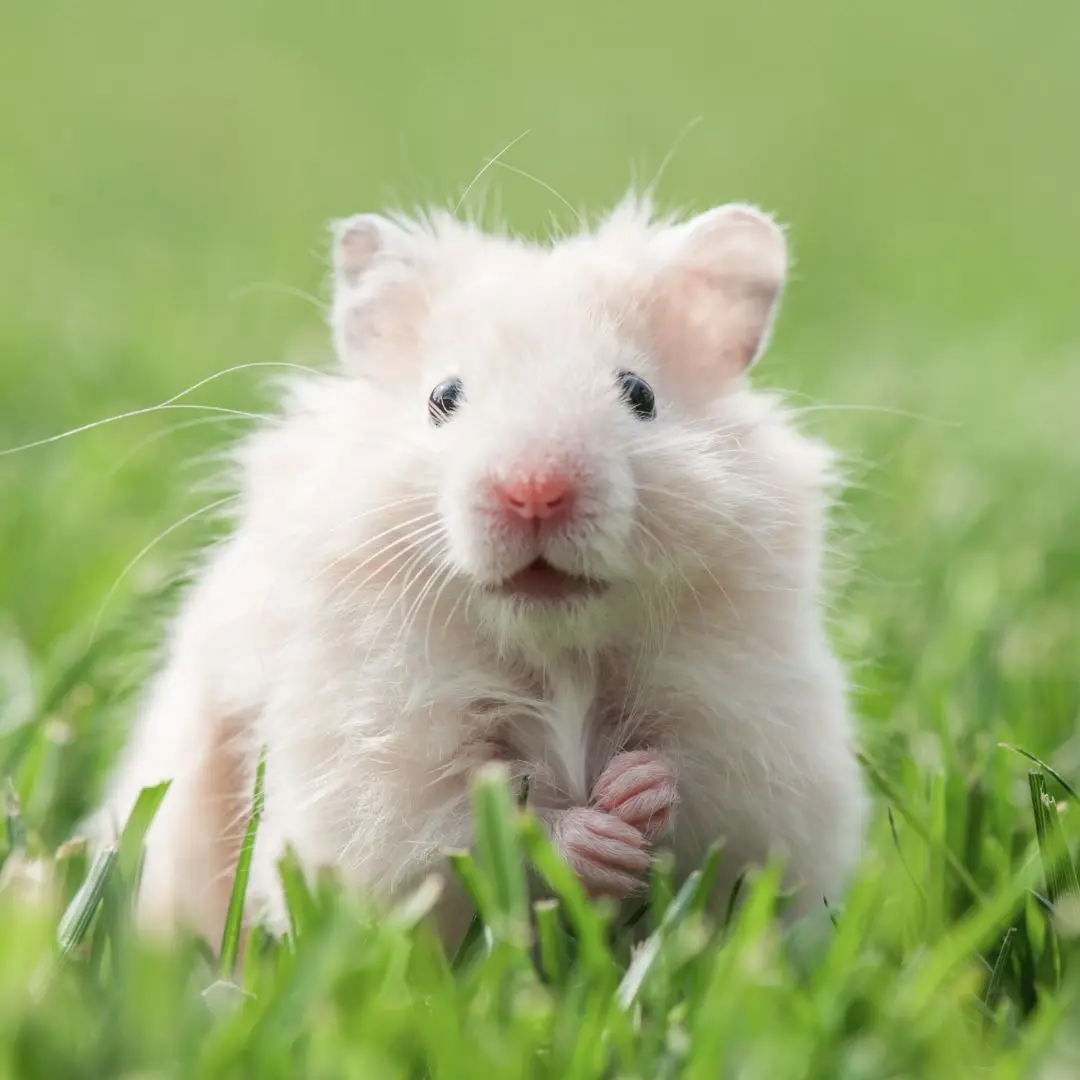
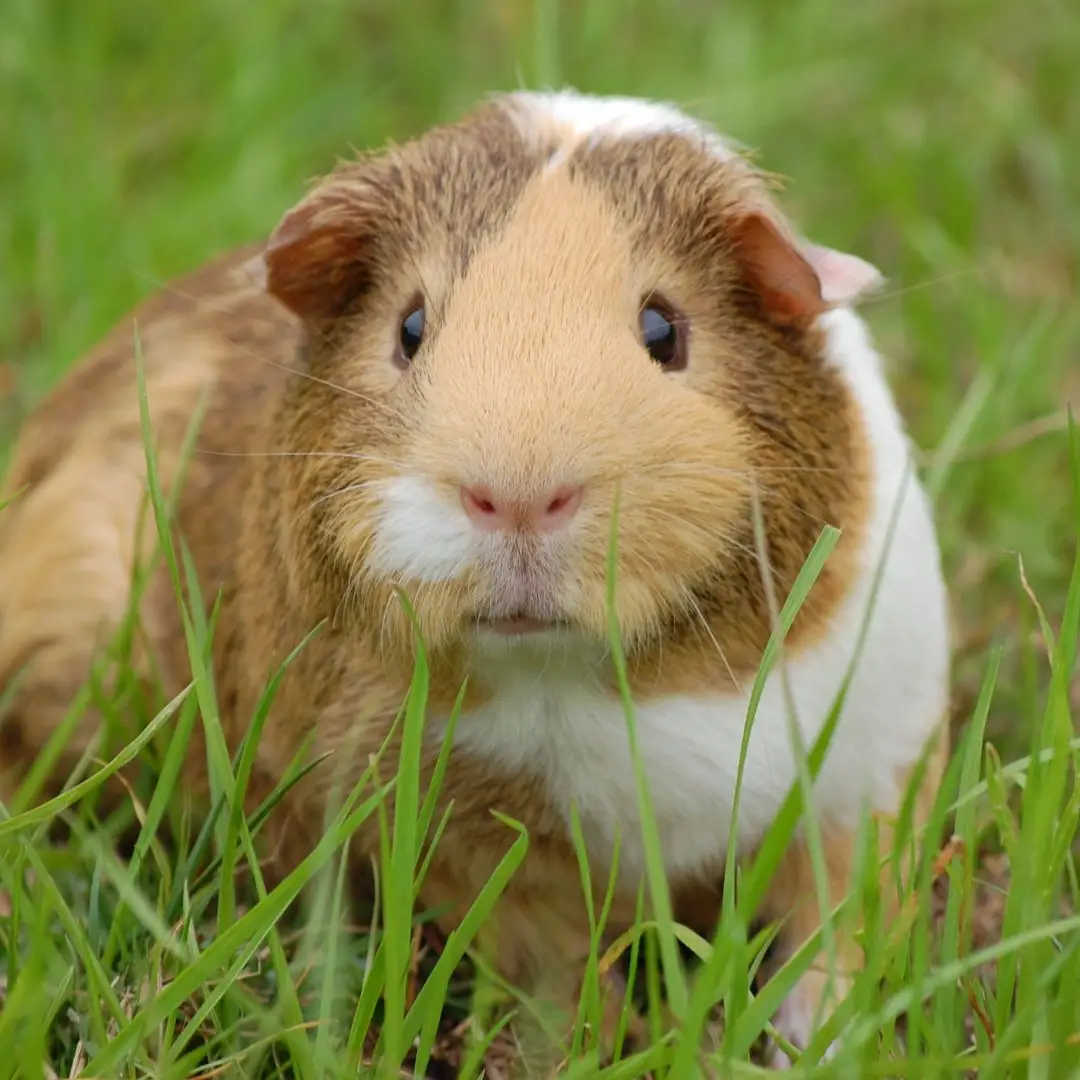
One of the major differences between choosing a hamster or a guinea pig as a pet is their lifespan. When considering the average “lifespan guinea pigs” have, it’s not uncommon to find these cute creatures living into their double digits. Yes, you heard that right! My guinea pigs have lived a good 7 to 9 years, and some even make it to a ripe old age of 10 or 12! It’s quite an emotional journey, watching them grow from such a young age and spending all those years together.
Hamsters, on the other hand, as delightful as they are, typically have a much shorter lifespan. Syrian hamsters, which are a popular choice, typically live around 2 to 3 years, while other hamster species may have an even shorter lifespan. This is a significant factor to consider in the “hamsters vs. guinea pigs” debate. It’s a bittersweet reality, but it’s essential to know this going in. While I loved every minute with my hamsters, knowing that guinea pigs live longer can be a deciding factor for many potential pet parents.
Conclusion
One major difference that’s impossible to ignore in wrapping up is where our little friends hail from. Guinea pigs originated from South America, and they have an instinctive need for companionship, whether it be with humans or other guinea pigs. Having spent countless hours with them, I’ve seen the remarkable bond they forge with their kind. It’s heartwarming ❤️, to say the least, and it’s one of the most obvious differences when you compare them to other animals.
Hamsters belong to the Cricetidae family and are more solitary by nature. It’s not that they don’t enjoy their playtimes with us humans (oh, they do!), but they can get quite territorial with other hamsters. It’s a personal preference, but guinea pigs are the way to go if you’re looking for pets you can house together.
That said, every pet, be it a hamster or a guinea pig, brings unique joy and charm to our lives. The choice truly depends on what you’re looking for in a pet companion.

